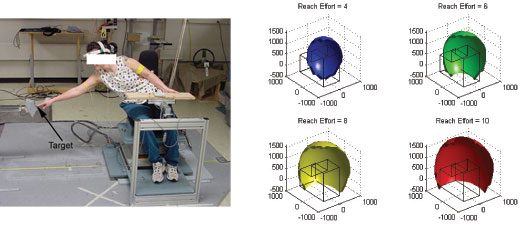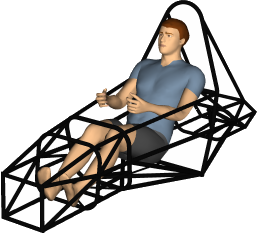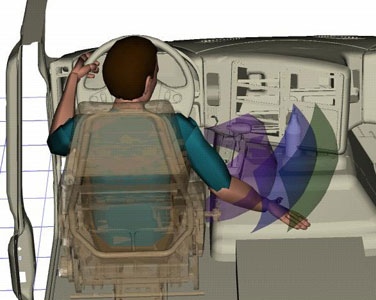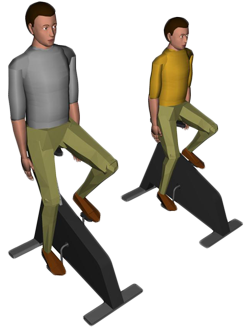
by mbp11 | Sep 28, 2017
Watch “Author’s Insights: Preference” for a discussion on including anthropometry-independent preference in hybrid models. Models that are a hybrid of the boundary manikin and population model techniques are robust tools to determine appropriate adjustability of a...

by mbp11 | Sep 28, 2017
Watch “Fundamentals of DfHV: Experiments” for a summary on setting up experiments for task-oriented models. A traditional spatial analysis design tool that is an alternative to the boundary manikin approach is the task-oriented percentile model. Such a model makes use...

by mbp11 | Sep 28, 2017
Design guidelines for Formula SAE teams.

by mbp11 | Sep 28, 2017
Three-dimensional manikins are also known as Digital Human Models (DHM). These are software representations of humans that enable designers to visualize the effectiveness of a design before a physical prototype is constructed. DHM programs such as Jack, Ramsis, and...

by mbp11 | Sep 28, 2017
“Manikins” are typically two- or three-dimensional representations of the human form with external contours intended to represent human body size and shape for design. They exist as 2D templates and as 3D computerized manikins (e.g., Jack). Digital Human Modeling, or...





